
Many Colorado homeowners have opted for a floor coating in their garages, kitchens, basements, bathrooms, patios, and more. Why? Well, a polyaspartic or epoxy floor coating is like driving a tank compared to a regular old concrete floor which is like driving a paper car. And aside from added durability, epoxy, and polyaspartic floor coatings look awesome and can tie any space together.
In this post, we will cover the optimal install conditions for polyaspartic and epoxy floor coatings and how they are installed to give you a better idea of why optimal install conditions are so important. So, without further ado, let's get to it.
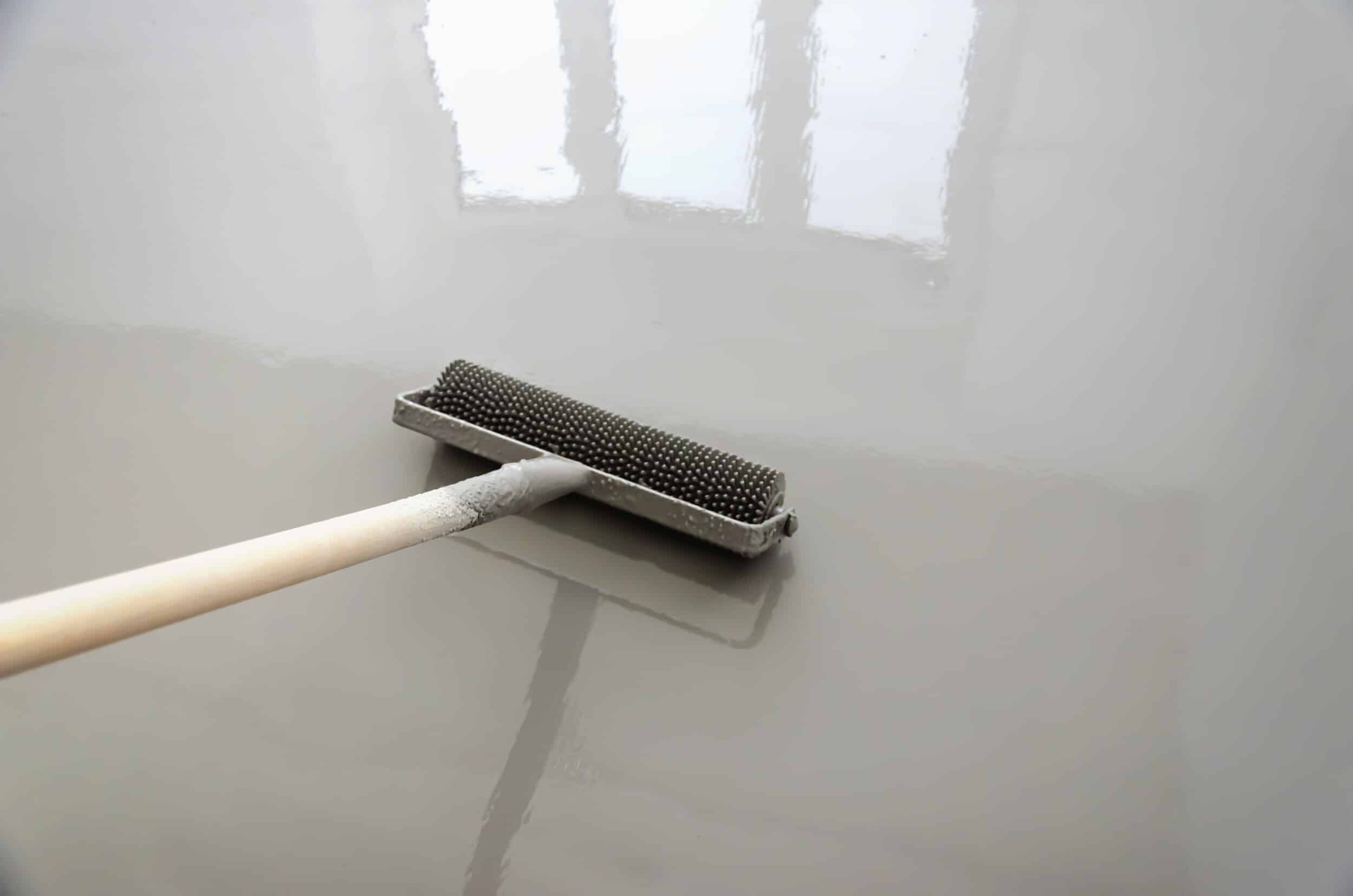
A polyaspartic floor coating is a versatile and affordable type of industrial flooring that can easily be applied to many surfaces. It consists of an aliphatic polyaspartic polyurethane resin blend, which, when cured, forms a thick, durable coating. This type of floor coating provides superior chemical, abrasion, and impact resistance, making it an excellent choice for creating a safe, clean, workable space.
It is also low in VOCs (volatile organic compounds), making it more environmentally friendly than other types of floor coatings. Polyaspartic floor coating is also fast-drying and can be applied with both air-less sprayers and rollers. It is a popular option in industrial, commercial, and residential settings and can be used on metal surfaces, concrete floors, and even wood or vinyl surfaces.
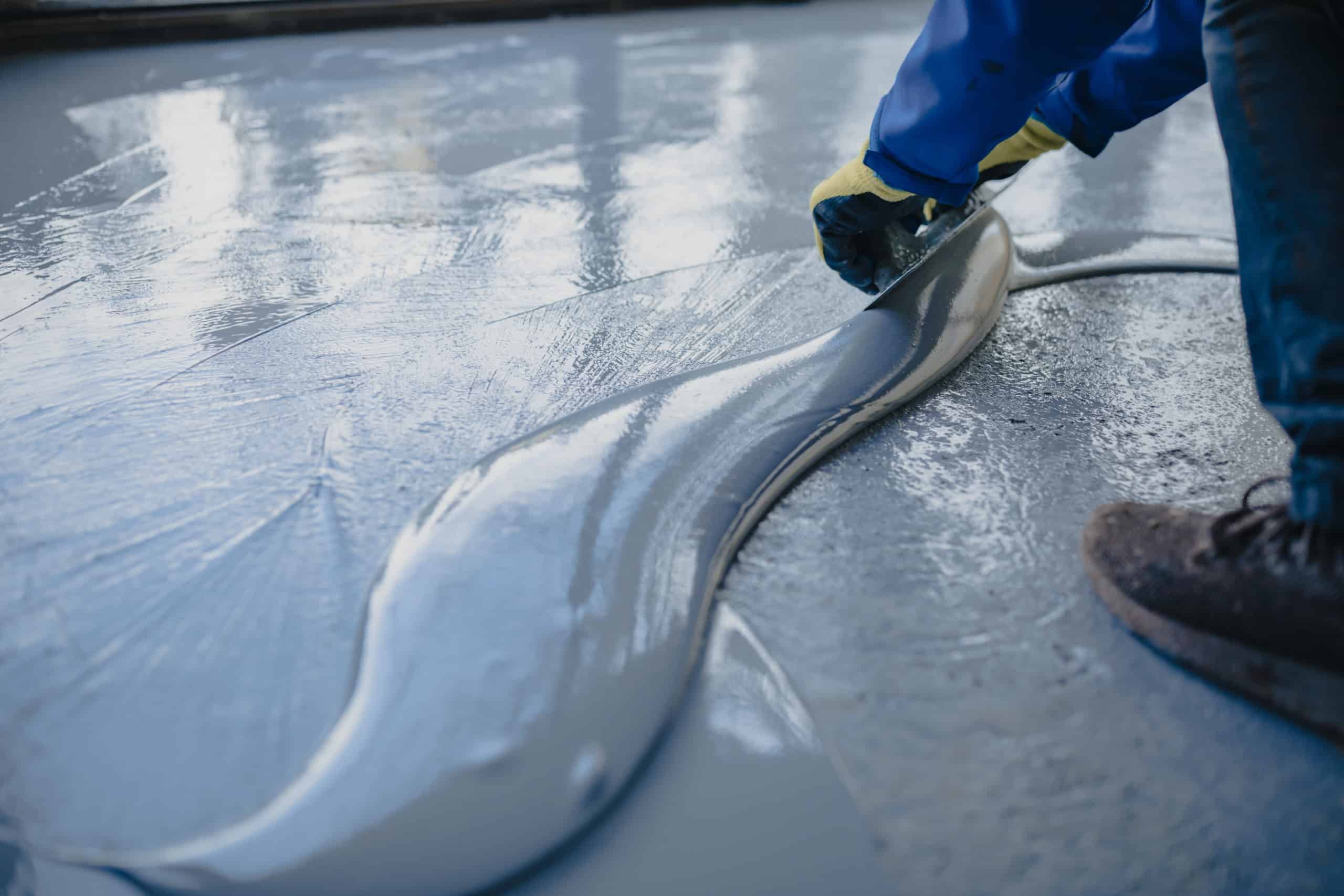
An epoxy floor coating is a chemical compound that is applied to concrete floors to provide a protective, decorative, and durable covering. The epoxy resin used is a strong adhesive that bonds to the concrete, forming an incredibly durable coating. Once applied, epoxy floors can withstand wear and tear from foot traffic and heavy machinery, UV light exposure, extreme temperature changes, and chemical spills.
Epoxy floor coatings are extremely customizable, allowing users to experiment with color combinations and designs to create a unique and attractive look. They are widely used in residential and commercial spaces, as well as in industrial settings.
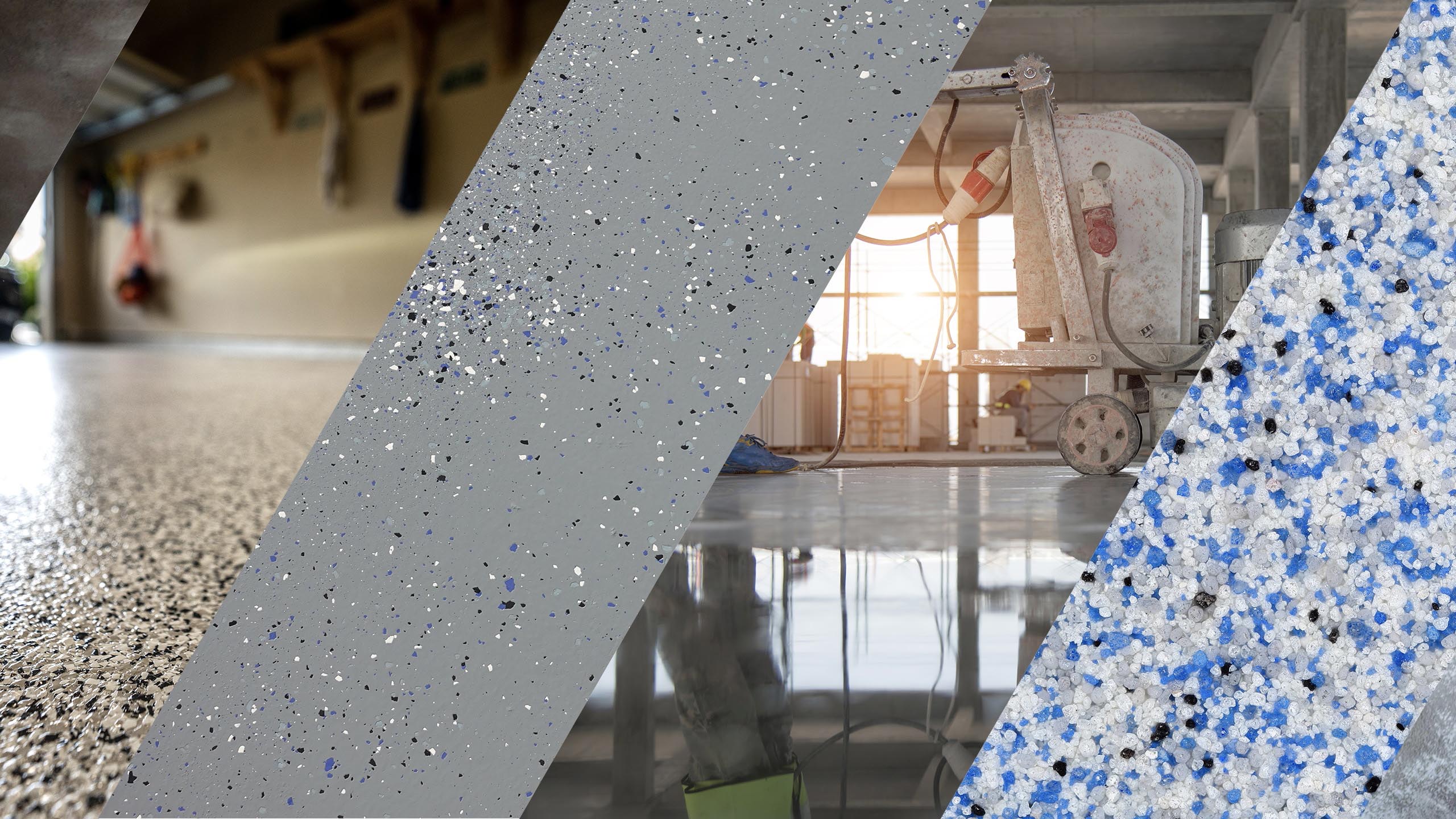
Epoxy and polyaspartic floor coatings are both part of a category of coatings known as polyurethane. Epoxy is a synthetic resin that is used as a type of protective coating for concrete or other surfaces. It is made from a combination of epoxy resin and hardener that creates a strong bond once the two are mixed together. Epoxy is highly durable and resistant to water, chemicals, and abrasion. It is typically applied with a roller, squeegee, or trowel and takes several hours to cure.
Polyaspartic floor coatings are considered the superior alternative to epoxy floor coatings, as they offer a more durable, longer-lasting result. Polyaspartic coatings are made of a combination of resins, catalysts, thickeners, and other additives, and can cure in as little as 1 to 2 hours. This means that polyaspartic coatings can be applied on the same day and walk-on ready the next day. Polyaspartic coating also typically results in a higher reflection level than epoxy.
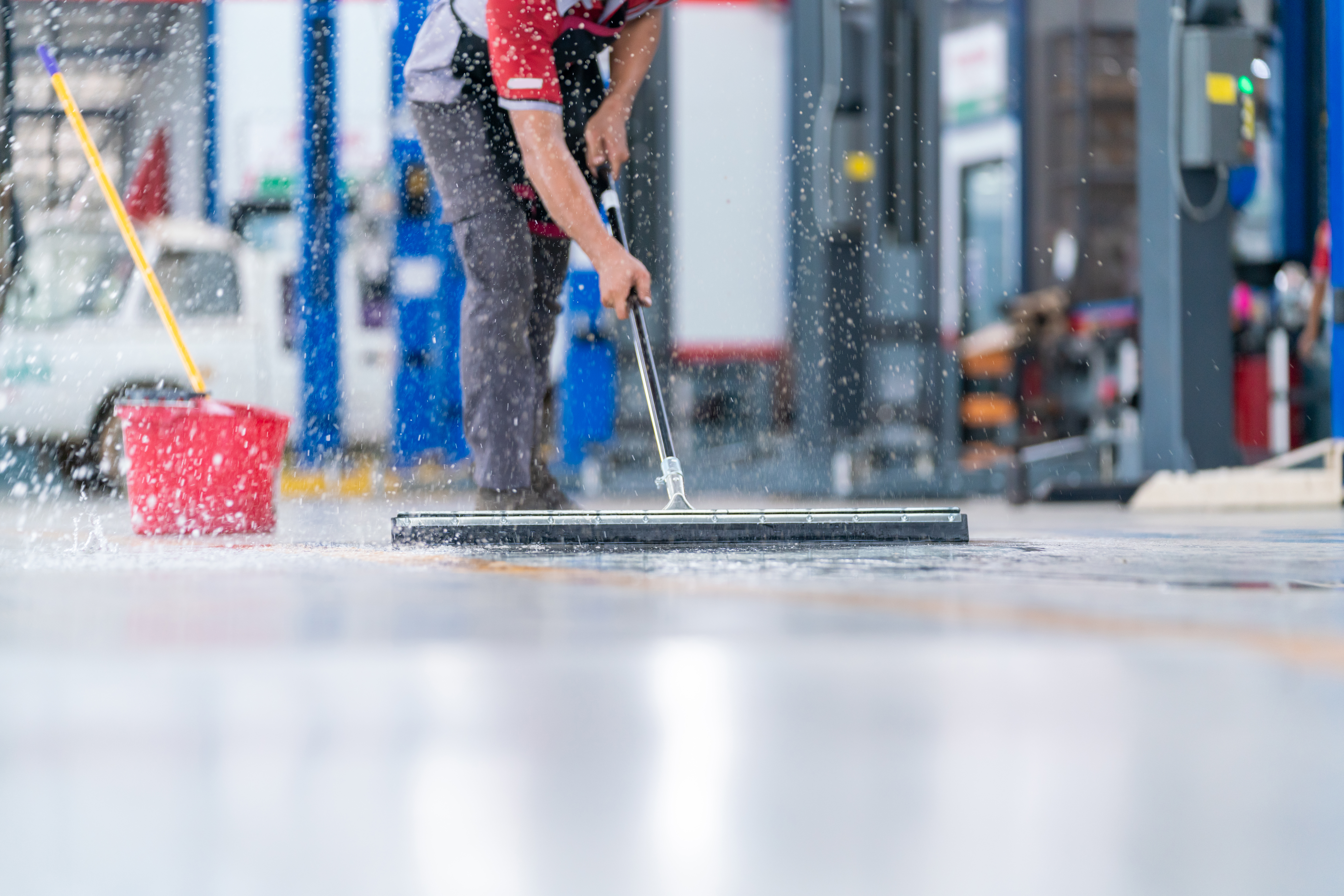
Before installing a polyaspartic or epoxy floor coating, it's imperative to ensure your conditions are optimal for the maximum lifespan of the coating.
Before installing an epoxy or polyaspartic floor coating, it's crucial to prepare the concrete substrate properly. This is because the concrete acts as a supportive base for the coating, and without correct preparation, the coating may not adhere correctly. This could result in potential issues such as delamination or bubbling. It's also essential to remove any dirt, dust, oil, caked-on product buildup, or other debris from the concrete surface before coating to ensure proper adhesion.
Preparing the concrete substrate also involves prepping the existing floors for self-leveling and patching any cracks or divots in the surface. This creates an even, flat base for the epoxy or polyaspartic floor coating, which enhances the look and longevity of the coating. Therefore, to ensure proper adhesion of the epoxy or polyaspartic floor coating, it's crucial to prepare the concrete substrate adequately.
Achieving the right moisture levels before applying a floor coating is the key to achieving good adhesion and preventing future problems such as lifting, bubbles, or cracking. If the slab is too wet, the coating won't adhere correctly, whereas if it's too dry, it can cause the coating to shrink and bubble over time. By making sure moisture levels are within an acceptable range before installation, you can be sure that the floor coating will perform as expected and last for years to come.
To guarantee a strong and long-lasting installation of an epoxy or polyaspartic floor coating, it is crucial to maintain a suitable temperature range. The material's chemical reactions are affected by temperature, hence incorrect temperature levels can lead to improper curing and adhesion. Extreme temperatures can cause harm to the material, resulting in inadequate adhesion, brittleness, or discoloration.
Inadequate temperature control can even prevent the material from curing, leading to a weak bond and an unstable finish. Failing to manage temperature levels can result in costly repairs or re-installation. Keeping a close eye on and managing the temperature during installation will ensure the longevity of the epoxy or polyaspartic floor coating for years to come.
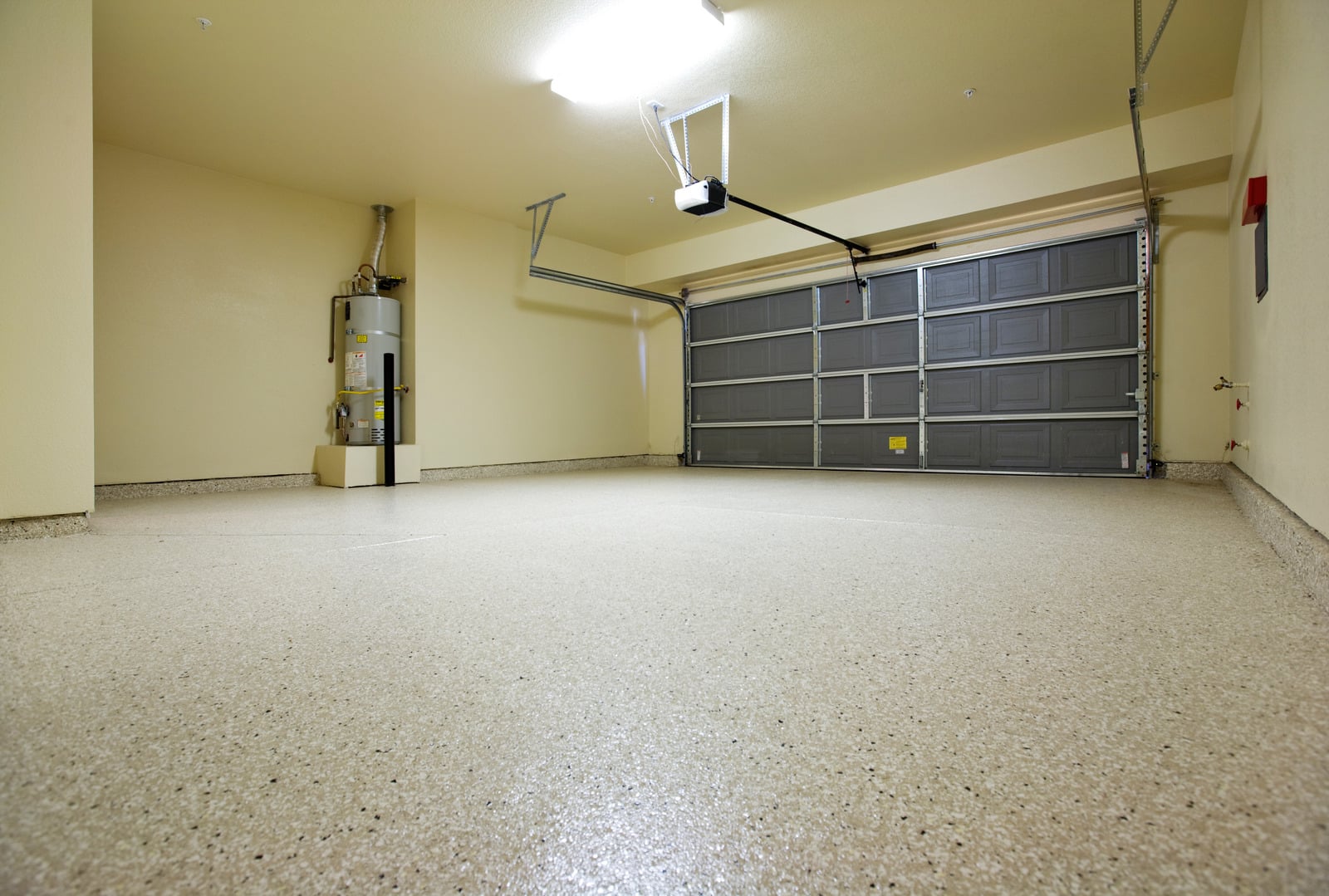
The optimal temperature to install a polyaspartic floor coating is dependent on a number of factors, namely which type of product and catalyst is being used, but polyaspartic can be installed anywhere between 20-120 degrees Fahrenheit (this refers to the substrate temperature, not the ambient temperature). The temperature should remain consistent throughout the installation and proper care must be taken in the case of large temperature fluctuations. The technology of Polyaspartic coatings has advanced a great deal over the past decade, and we now have the ability to use different levels of catalyst to accommodate these differences in temperature. However, be sure to pay attention to manufacturers' recommendations because a change in temperature usually means a change in working and curing times as well.

The best temperature for installing an epoxy floor coating is typically between 65 and 85 degrees Fahrenheit (18-29 degrees Celsius). This range allows the epoxy to cure properly and form a strong bond with the underlying surface. Lower temperatures inhibit the proper curing of the epoxy, while temperatures higher than 85 degrees can shorten the pot life and reduce the overall strength of the coating. In general, the warmer the temperature, the quicker the epoxy will cure, but again, it’s usually best to stick between 65-85 degrees.
The best curing temperature for an epoxy floor coating depends on several factors, such as the ambient temperature at the time of installation, the temperature of the environment during the curing process, and the type of epoxy used. Generally speaking, the ideal curing temperature range for an epoxy floor coating is 40 to 85 degrees Fahrenheit. Curing an epoxy floor coating at a temperature outside of this range can lead to poor adhesion, a soft, sticky surface, and other issues. It is important to maintain a consistent temperature throughout the curing process to ensure a proper cure.
In Colorado, the most optimal time to apply a polyaspartic or epoxy floor coating is typically from April to October. However, favorable weather conditions may still occur outside of this period.
To ensure the best performance and long-lasting results of an epoxy or polyaspartic floor coating, it's crucial to assess the installation conditions carefully. Adequate preparation of the concrete substrate and maintaining optimal moisture, temperature, and humidity levels during installation is necessary. By taking these necessary steps and ensuring proper conditions, you can guarantee a durable and reliable floor coating that will serve you well for many years.
For more information about epoxy and polyaspartic floor coatings and how you can install one in your Colorado home or business, contact us today for a free estimate.
